Hanford Dixon has been retired from football for more than three decades, but his biggest contribution to the Browns is still felt in every corner of the franchise.
Dixon, who was drafted by the Browns in 1981, will always be remembered for his ball-hawking abilities and legacy as one of the greatest cornerbacks to ever wear a Browns jersey. He made at least two interceptions in every season from 1982-88 and was a defensive centerpiece during one of the most successful eras in the history of the franchise. After his final season in 1989, Dixon had created a lifetime's worth of memories in Cleveland.
His Browns career was nothing short of great, but his best gift to the franchise didn't come from his 26 interceptions, three Pro Bowl appearances or two All-Pro selections.
Dixon's most memorable contribution to the Browns is directly correlated to the fans — and the effect of his work still reverberates throughout Cleveland today.
Dixon was one of the players who helped name the "Dawg Pound," the famous group of Browns faithful who sit in the east end zone and raucously cheer the Browns each Sunday. Sections 118-122 at FirstEnergy Stadium are dedicated to the most devoted Browns fans in the stadium, and even though they pay for a seat in the orange-painted bleachers, the hope is they'll rarely feel the need to actually use it.
"That energy coming from them came right to us," Dixon said in a recent Club 46 interview with Jay Crawford. "When we came out and ran through the Dawg Pound to start high-fiving them, it was on. I mean, it was game time. And I just want to tell them, thank you."
The Cleveland Browns Presents: Club 46 - player stories through generations of football

Hanford Dixon
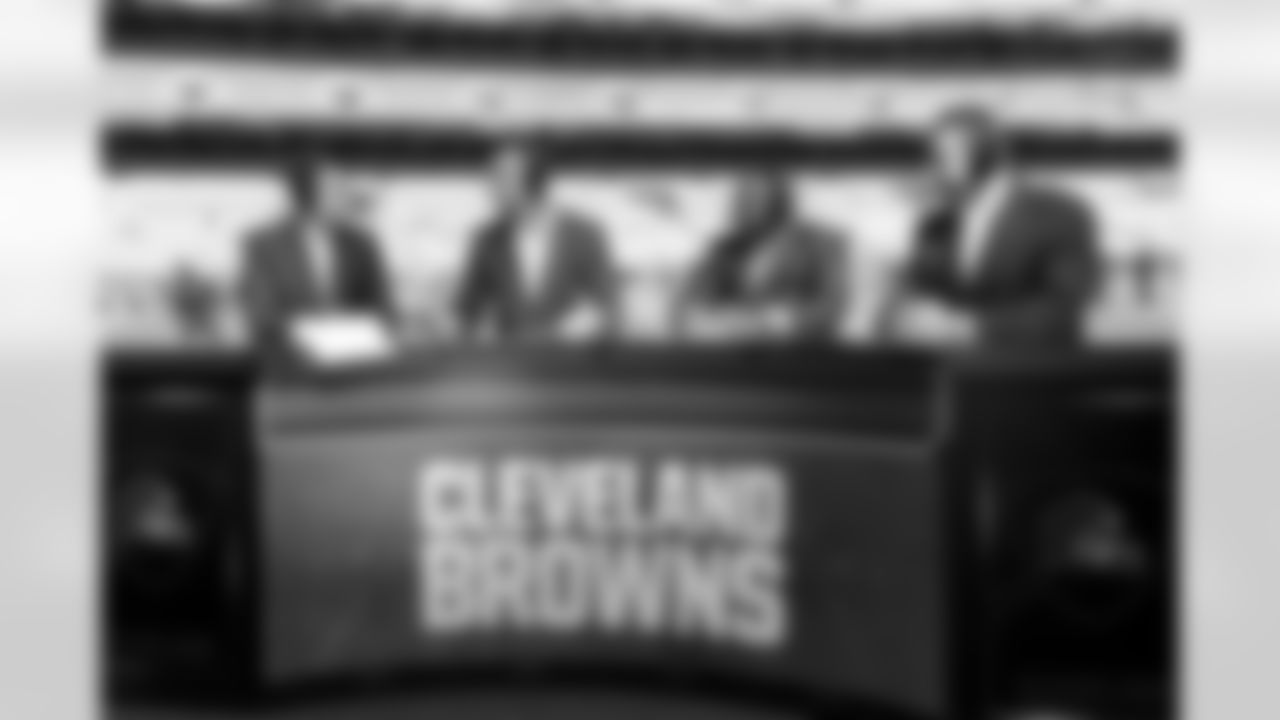
Hanford Dixon
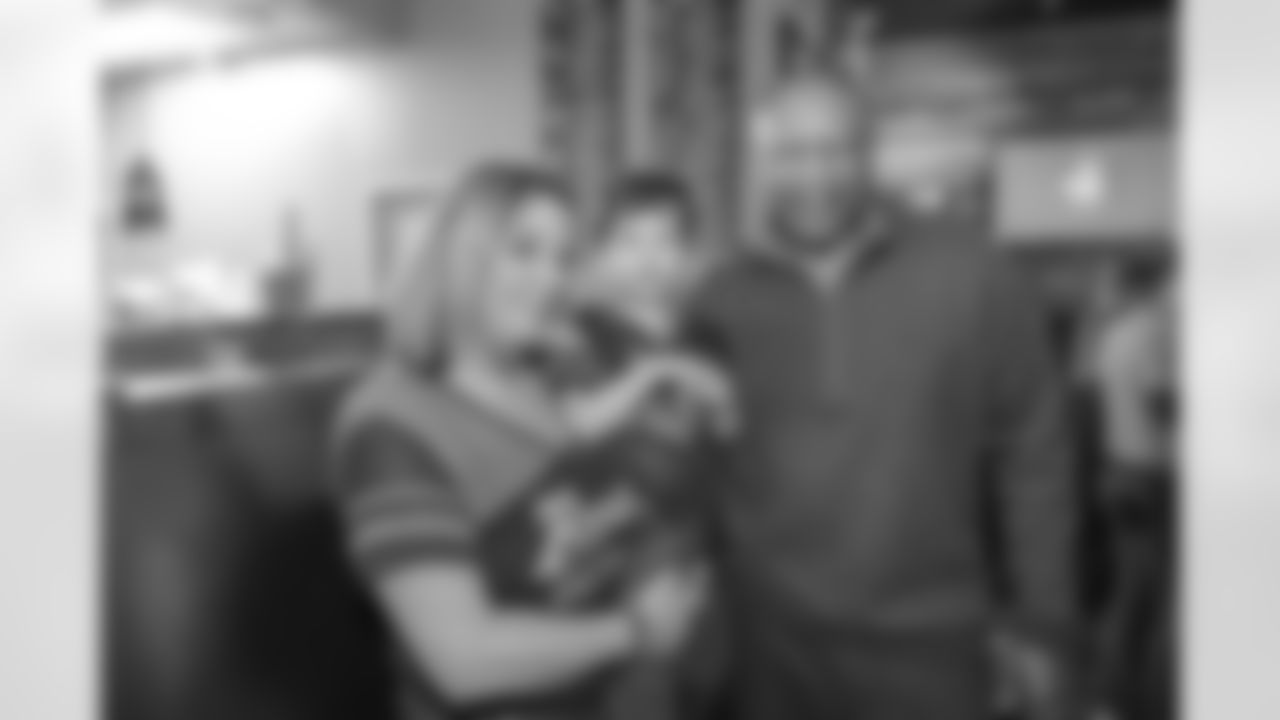
Hanford Dixon
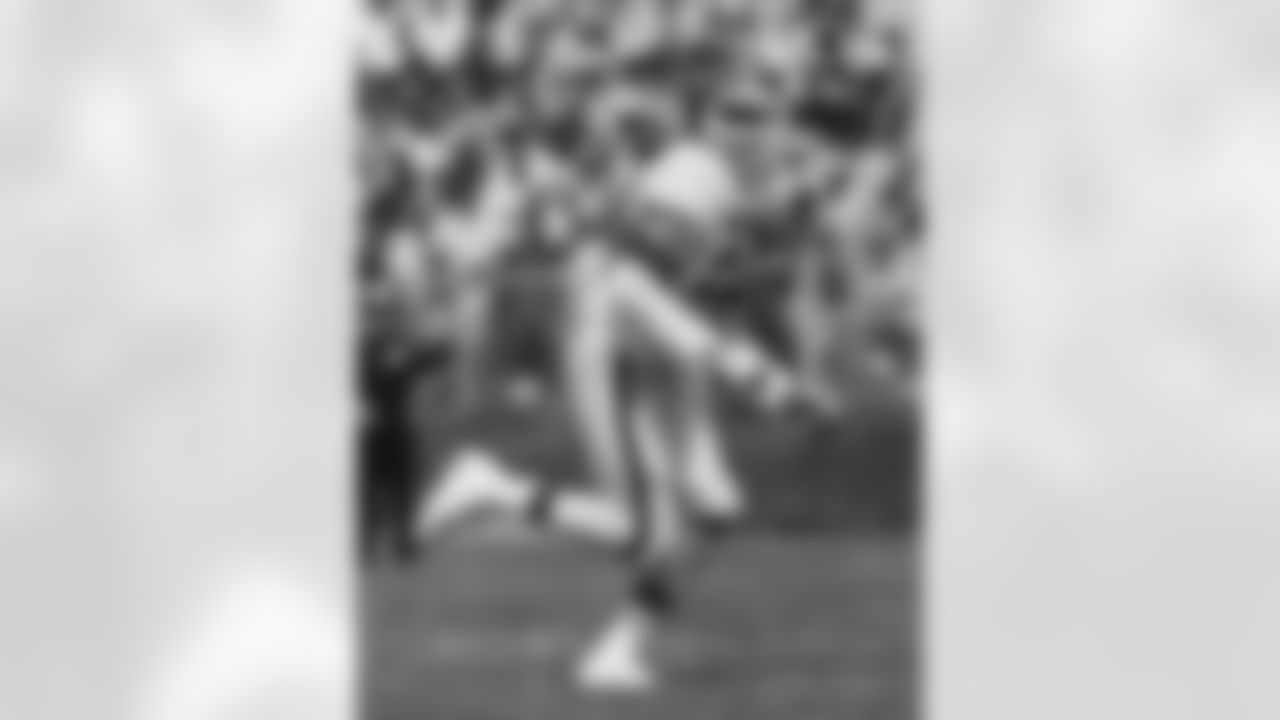
Hanford Dixon

Hanford Dixon
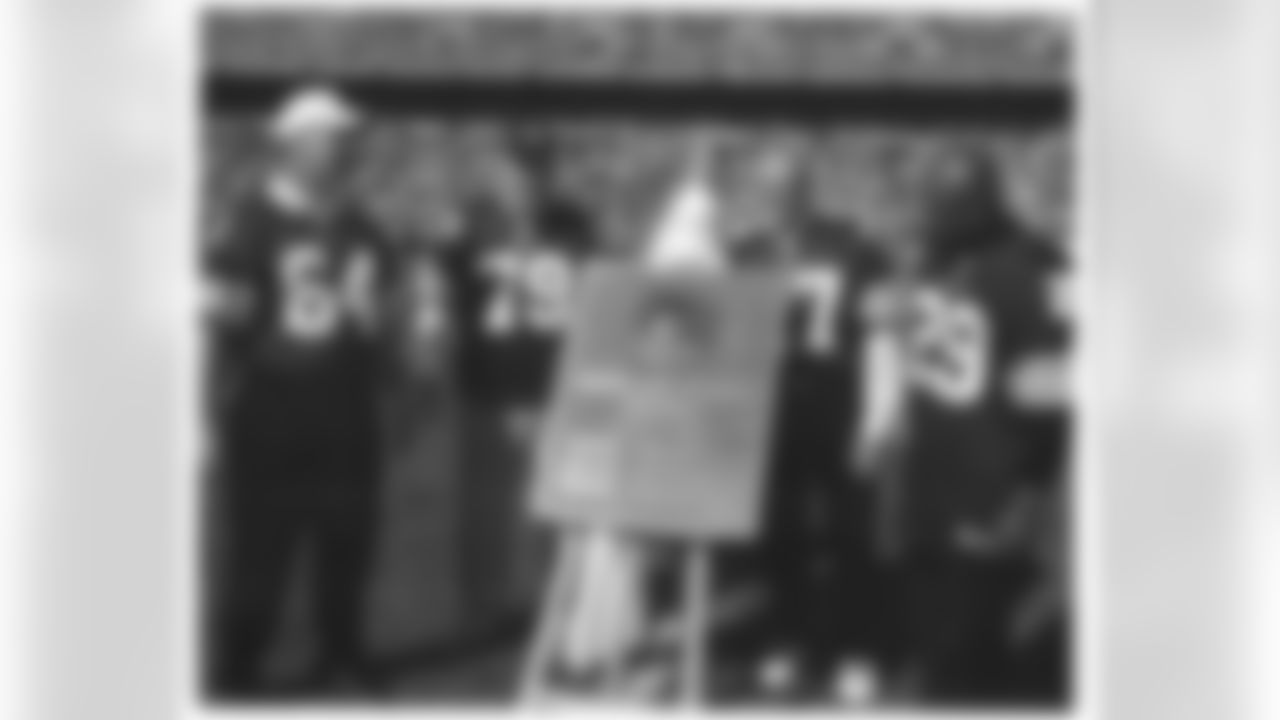
Hanford Dixon
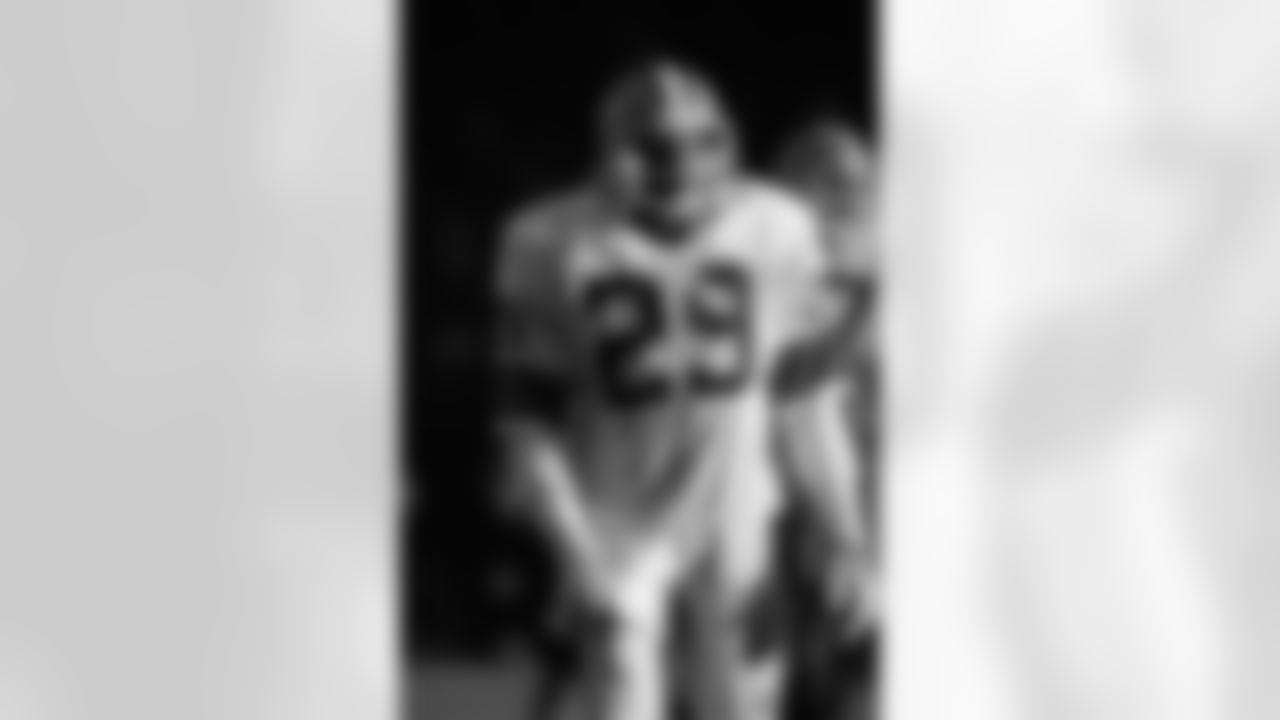
Hanford Dixon
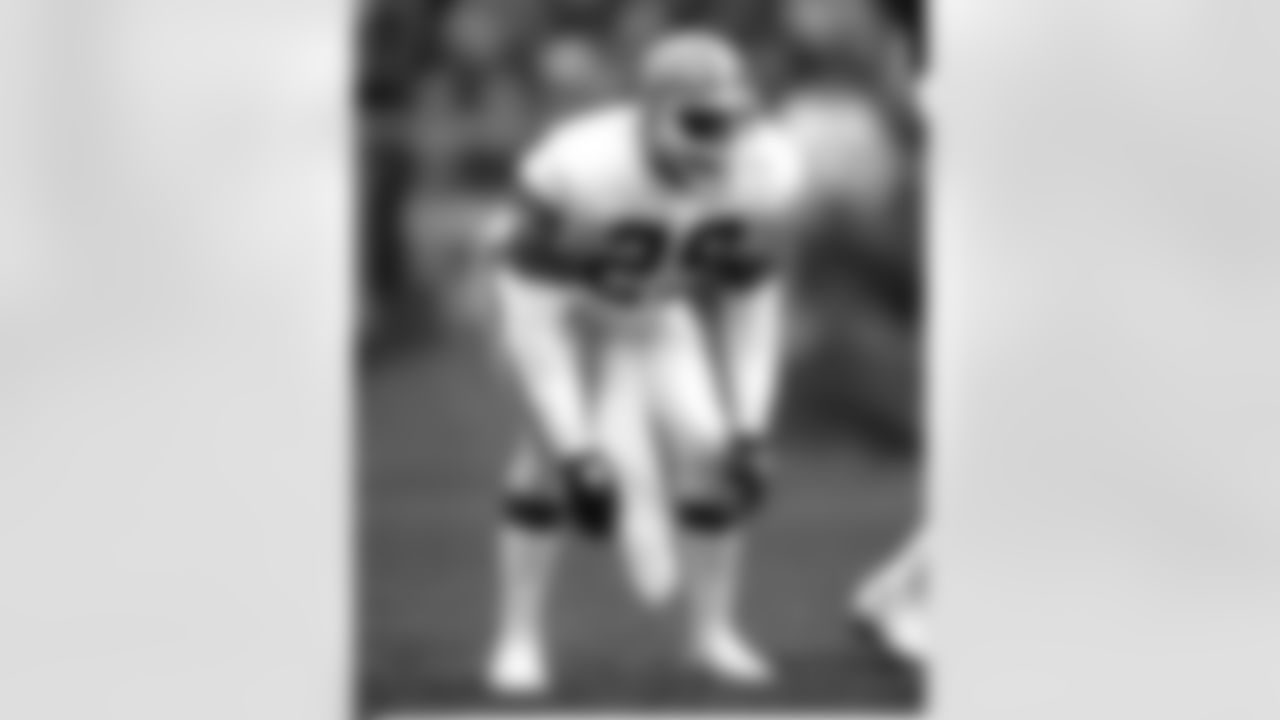
Hanford Dixon
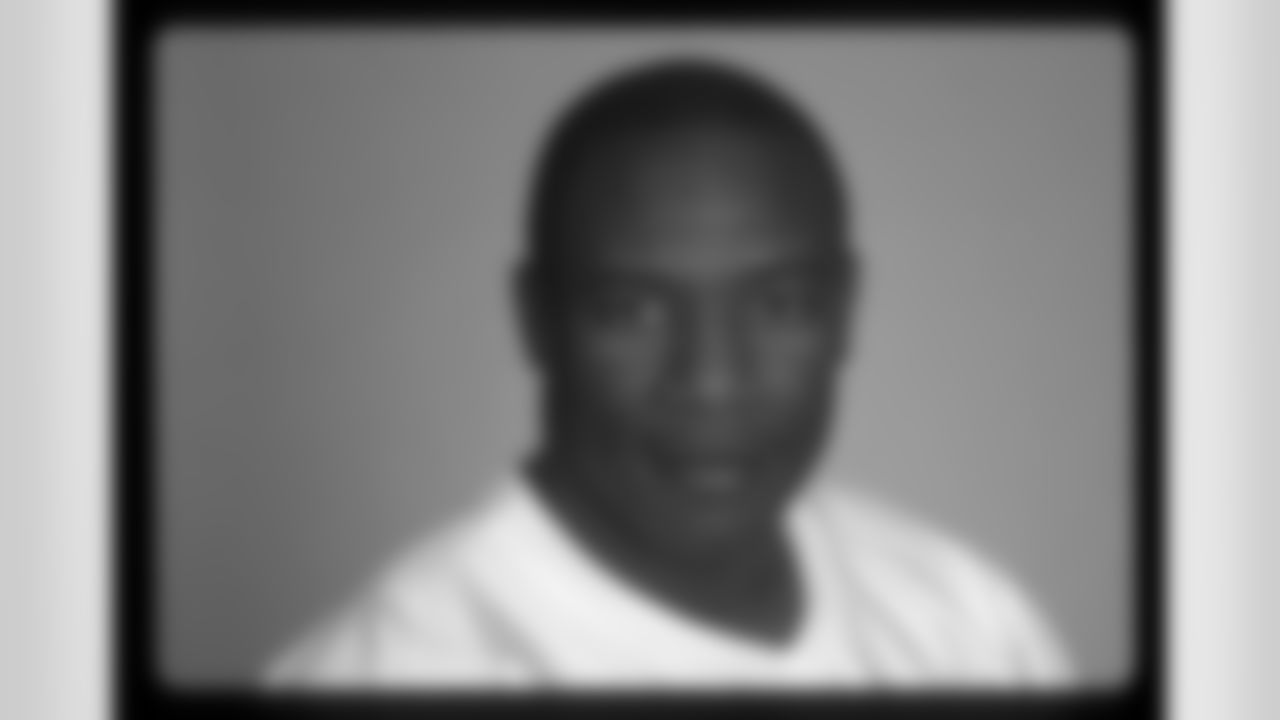
Hanford Dixon
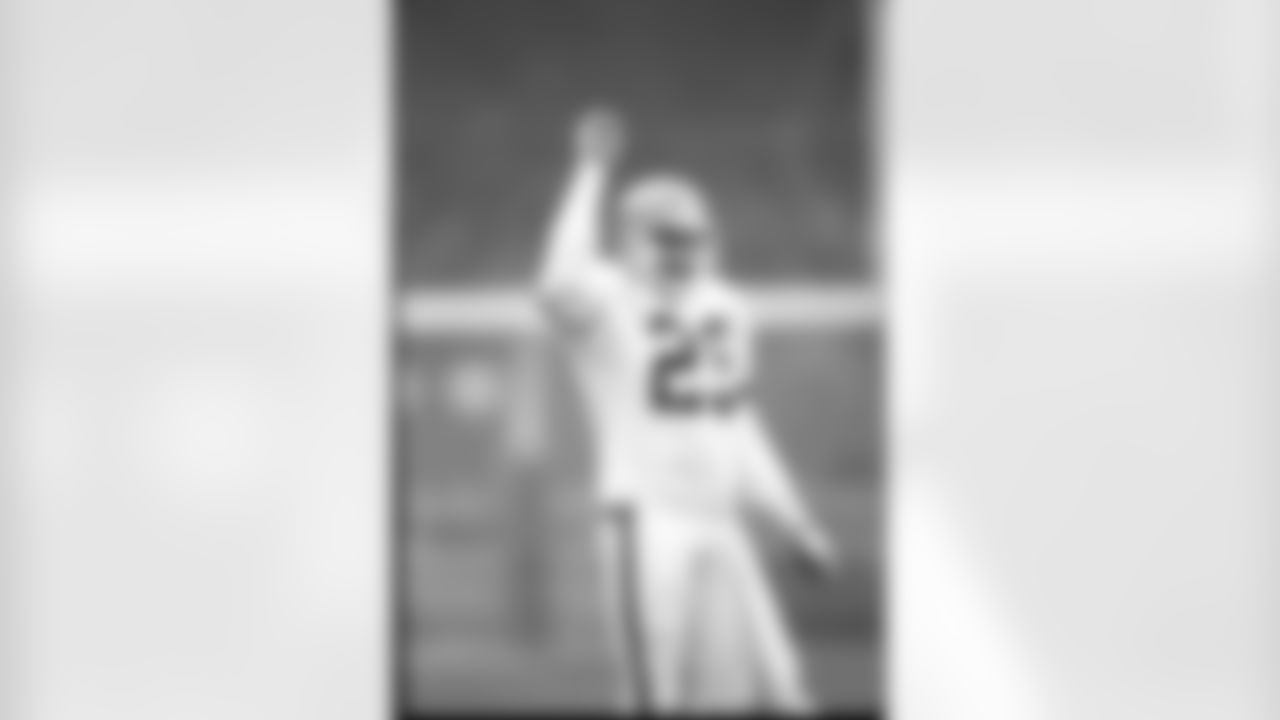
Hanford Dixon
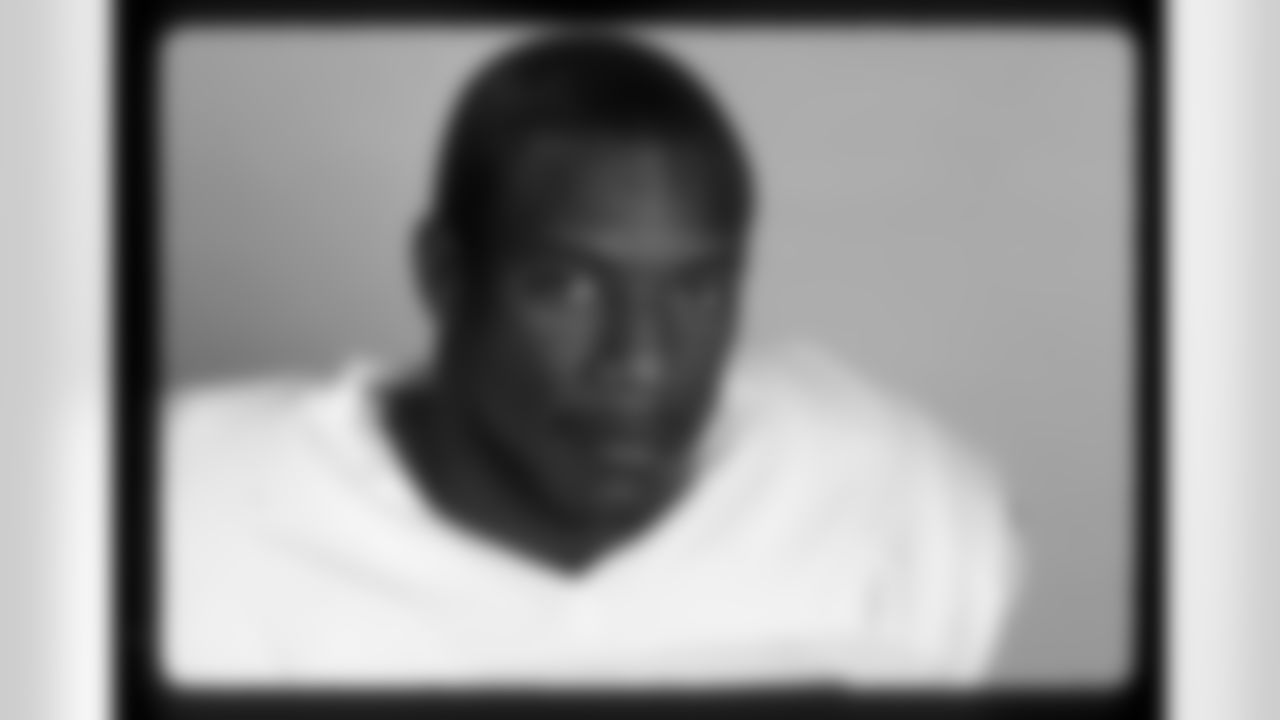
Hanford Dixon
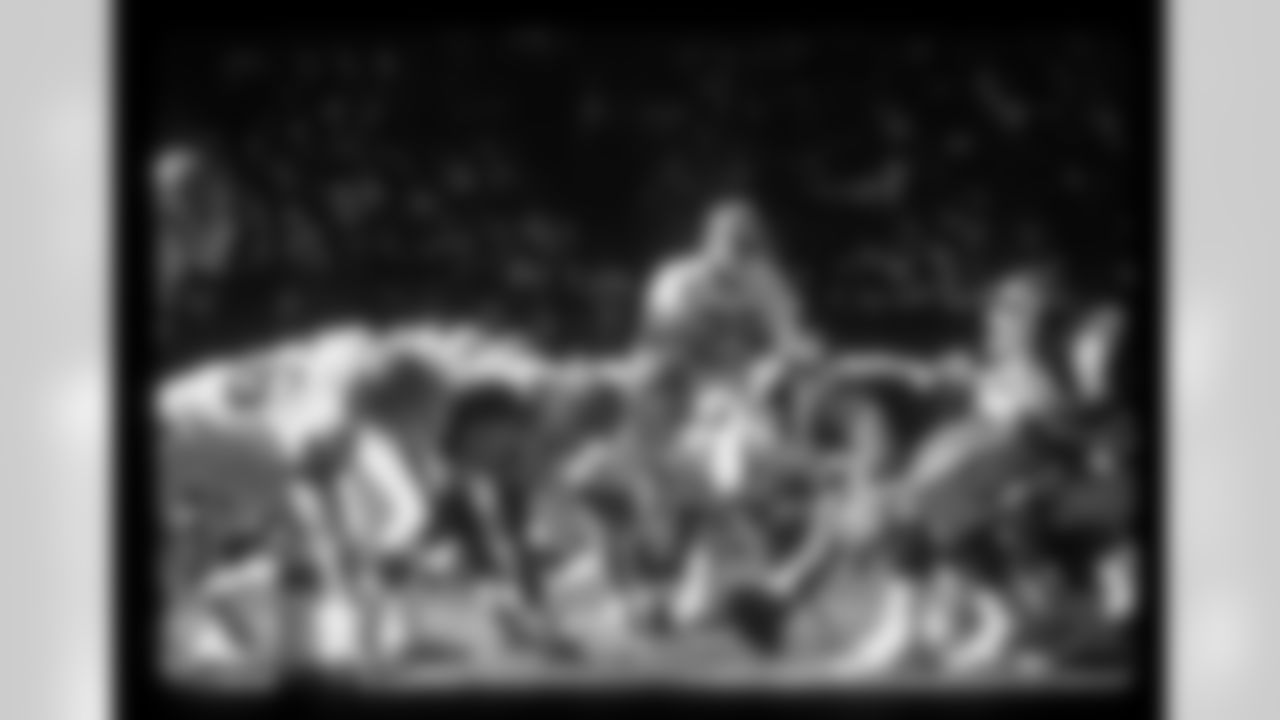
Hanford Dixon
Dixon helped the Browns create their "Dawg" identity, although he did it unintentionally.
The scene was at Lakeland Community College, where the Browns were hosting training camp before their 1985 season. Cleveland touted one of the strongest secondaries in the league with Dixon and All-Pro cornerback Frank Minnifield, but the defensive line lacked the same firepower.
Dixon and Minnifield wanted to do all they could to help their defensive teammates, and they thought beyond the boundaries of simply what could come with game strategy. Sure, their lock-down abilities in pass coverage could give them more time to reach the quarterback, but they wanted to invigorate them with a bit more burst when the ball was snapped.
So they decided to bark.
No, really. They barked.
"Look," Dixon told them. "What we're going to do is we're going to bark at you guys. And when we bark at you, just rear your ears back. Think of that old quarterback as a cat, and you guys are the dogs. Just go after him."
Sure enough, the most distinguishable sound around the fields at training camp were the woofs and grunts from the secondary, and as training camp continued, they only became louder.
That's because the fans, who were packed all around the perimeter of the fields and could hear all the sounds from practice, began to chime in. They wanted to bark at the D-Line, too, but eventually, the barks grew into the rallying chant of Browns football.
"Before we knew it, everybody was the Dawgs," Dixon said. "Not just the defensive line, but the whole defense, the whole team. Everybody was the Dawgs, and it was a beautiful thing."
The sounds are even more vibrant when they echo around the confines of FirstEnergy Stadium, but that's not the only way that Dixon and Minnifield's simple attempt at energizing the defense has been felt in Cleveland.
The Browns' team identity is based around what it means to be a "Dawg." The signature Browns chant of "Here we go Brownies, here we go!" is followed by a "Woof! Woof!" The Browns have two dogs as their mascots: SJ, the bullmastiff who leads the Browns out of the tunnel every Sunday, and Chomps, a Labrador who dresses in more traditional mascot attire and rallies fans around the stadium in addition to participating in community events. Even quarterback Baker Mayfield embraced the franchise's "Dawg" roots by wearing a T-shirt on the first day of training camp in 2019 that read "Dawgs Gotta Eat."
Examples of what Dixon helped create with the Browns are seen everywhere, and the list will only continue to grow.
His fruitful career with Cleveland won't be forgotten, either, but his name will also forever be associated with the core identity of what it means to be a Browns fan.
"It didn't take me long to realize when I got here what type of people that Cleveland had," he said. "They have the greatest fans anywhere in the world."














